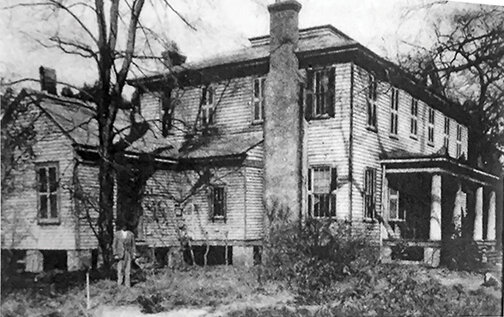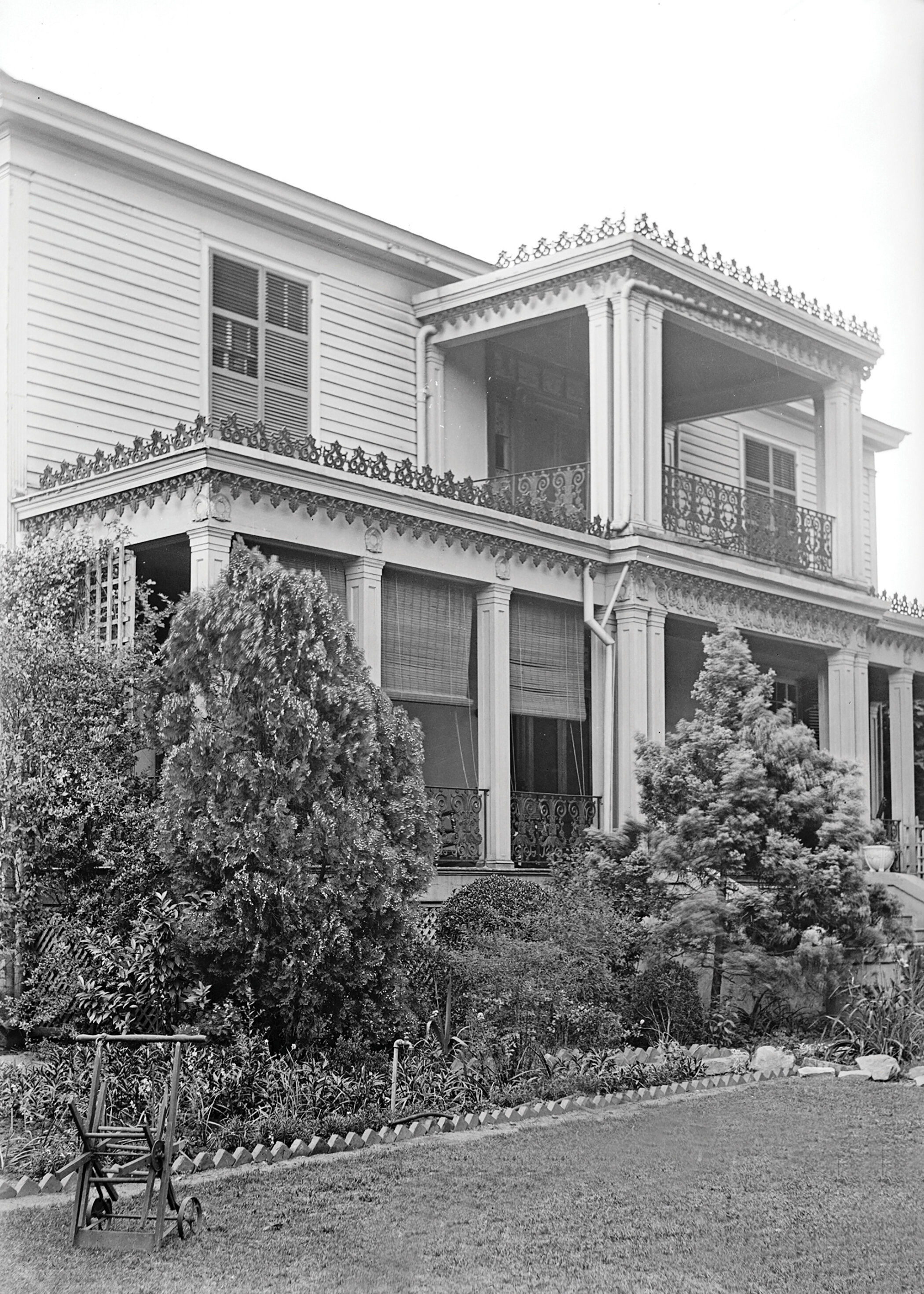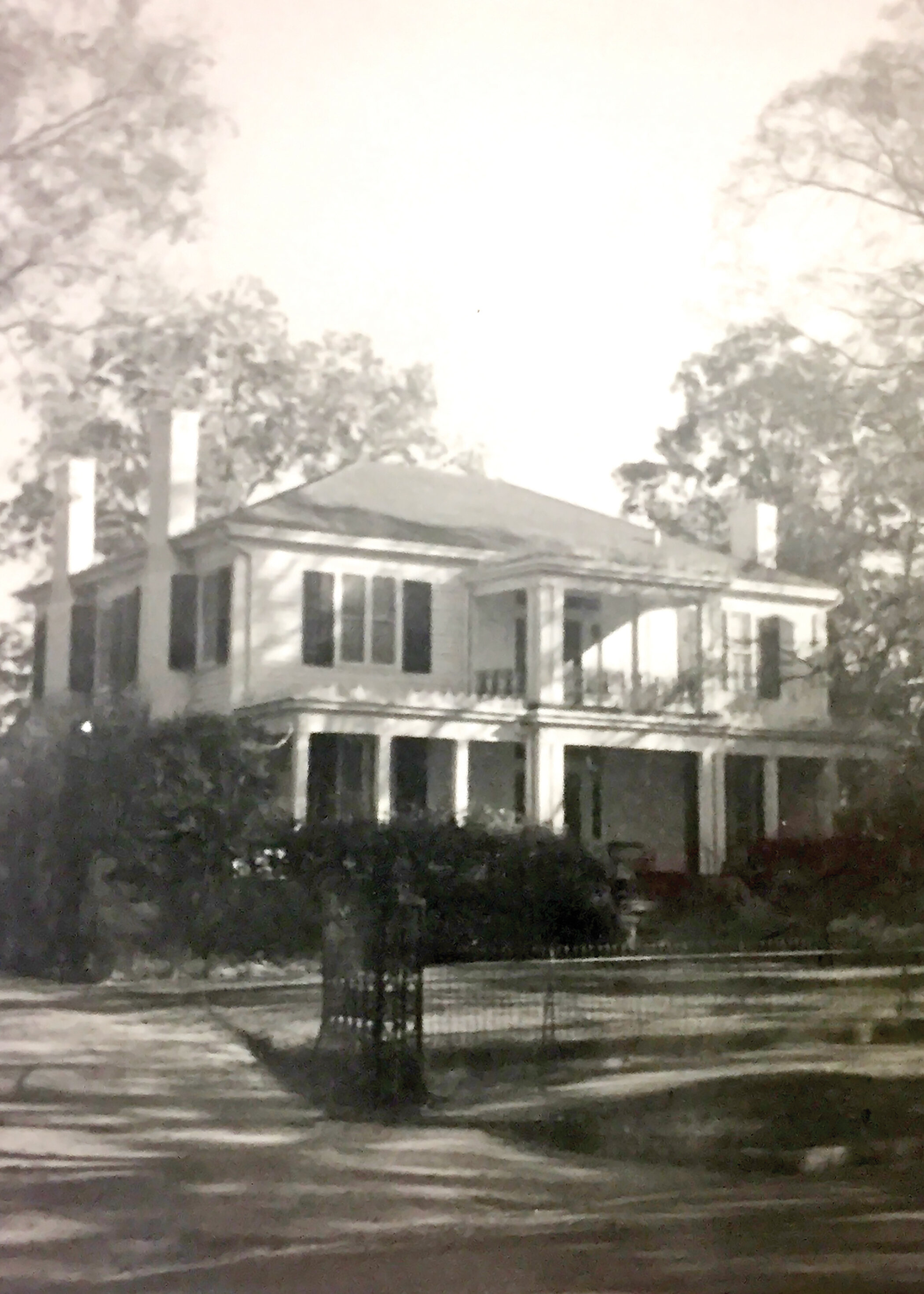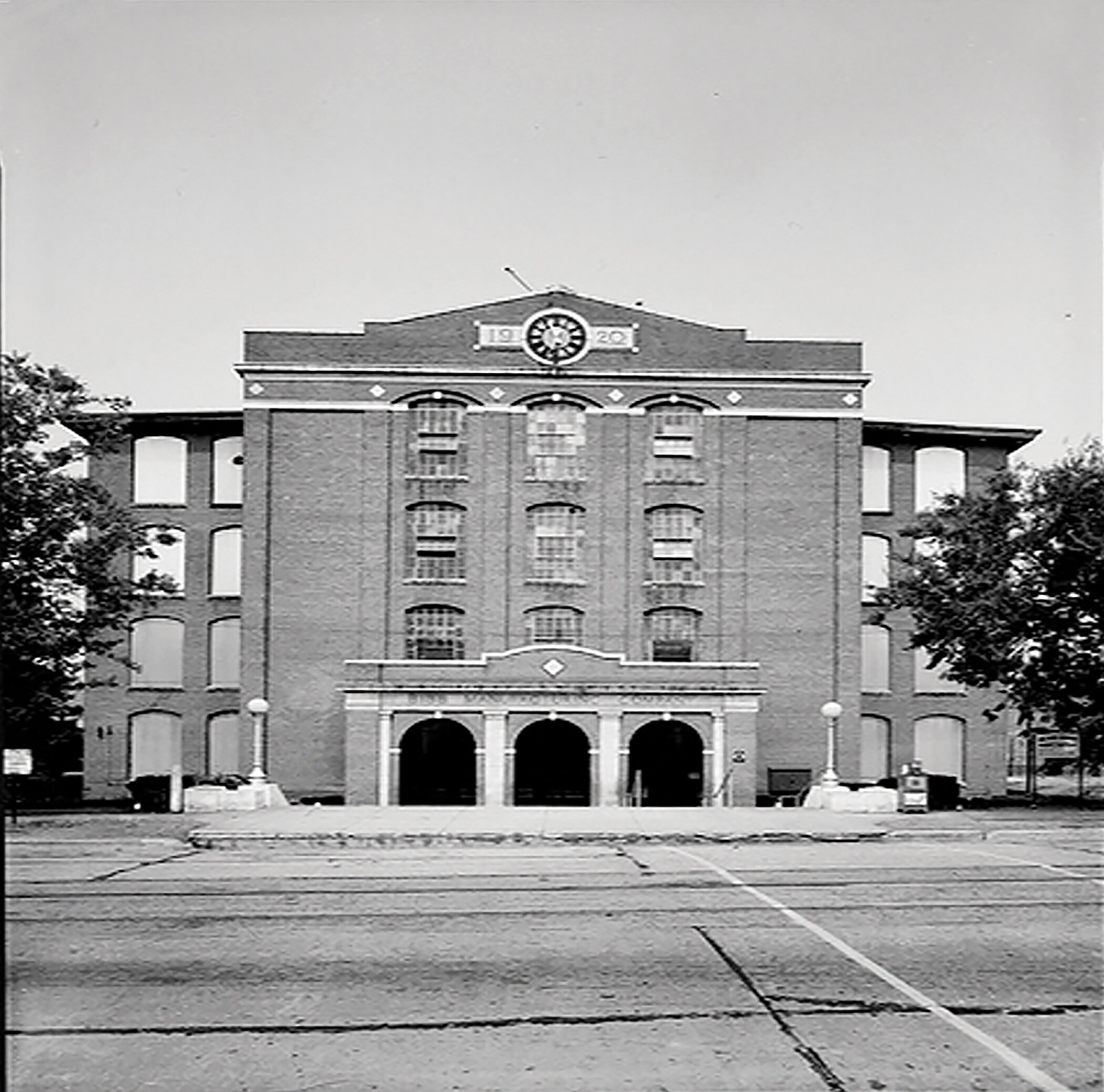James Carter Cook, Jr.
By Jack P. Schley July 31, 2018
James Carter Cook, Jr. by George Cooke, 1845
There are place names in Columbus that are almost too familiar for questioning with names like Rose Hill and Bibb City. Then there are names that were once as familiar as these to Columbus residents but have since departed with those generations and lost to a changing landscape; such as, Lover’s Leap and Belmont. All of these particular place names actually describe a single part of town in Columbus and represent the progress of development in that area. This section north of downtown Columbus along Second Avenue, Veterans Parkway, Hamilton Road, and Talbotton Road was once the farm of the Cook family.
At over one thousand acres, the extensive agricultural lands of James C. Cook extended from the Chattahoochee River to the neighborhood of Wynnton. This area now encompasses Bibb City, the Medical Park of Rose Hill, and part of the Midtown area around Lakebottom Park. James C. Cook, Sr. built a fine farmhouse there for his wife, Ann Clark Carleton, and their three children: Elvira, Caroline, and James C. Cook, Jr. The 1833 house once stood on what is now an empty lot at 3109 7th Avenue. The home and the surrounding farm was called Belmont.
Mary Louisa Reed Cook, wife of James Carter Cook, Jr. by George Cooke, 1845
James Cook, Sr. died when he was thrown from his horse while riding across his farm in 1844. That same year, his only son James Cook, Jr. married Mary Louisa Redd and they lived at Belmont. Only a few years into marriage, the young Cook couple purchased the elegant home of Thacker Howard, which existed at that time as a neighbor to Belmont, though the lots are now separated by Veterans Parkway. Mrs. Mary Louisa Cook planted a hedge of Cherokee Roses in front of the house along Talbotton Road and called her new home Rosemont. The neighboring estates followed her example and the whole neighborhood became a large rose garden, leading to the naming of the neighborhood as Rose Hill.
Belmont, James Carter Cook family plantation once located at 3109 7th Ave in Columbus. Built in 1833.
From the family home in Rose Hill, Mrs. Mary Louisa Redd Cook was a celebrated author in her lifetime. She wrote many books under the penname “Mary Lennox.” For many years, she also wrote articles for the New York Home Journal as “Maggie Wildwood.” The large estates of Rose Hill and the Cook family farm were subdivided over time with the rose gardens and cotton fields now existing as neighborhoods and the Medical Park around the hospital. The Cook home, Rosemont, became the doctor’s office of Dr. Harold Jarrell before being demolished to make way for a modern medical facility.



Rosemont, the Howard-Cook home where the name Rose Hill originated from. Library of Congress 1934.
Before Dr. Jarrell’s time in Rosemont, it was discovered that the walls of the main staircase in the house were painted with a mural, previously concealed under three layers of wall paper. It depicted Henry Wadsworth Longfellow’s 1841 poem “Excelsior.” The mural displayed in fine artistry the quest of a youth, bearing a banner that proclaimed the title of the verse, who was cut down by an avalanche. Though the artist is unknown, it is possible that this mural was painted by Mrs. Mary Louisa Cook, as it is known that the walls in Belmont were also decoratively painted by her. Rosemont stood at 629 20th Street until the 1990s.
To the west of Rose Hill, the land of Belmont ran to the Chattahoochee River. At the river’s edge, there was a high cliff with a rock precipice that hung over a rapid below where the water cut quickly through a maze of large rocks. This was a favorite picnic spot of the Cook family that was shared with the public who favored the scenic vista provided by the high cliff. This point was also a place of legend as it was called Lover’s Leap. It was once a well-known story that the cliff at Lover’s Leap was the site of Columbus’ very own tale of Romeo and Juliet.
The legend tells that long ago there were two tribes of Native Americans called the Cussetas and the Cowetas who were settled here along the Chattahoochee River. Later, two Creek Indian capital villages here carried the same names. According to the legend, the chief of Cusseta had a beautiful daughter, Mohina, who was promised to be married to a warrior prince, Young Eagle, who was the son of the chief of Coweta. The two youths were eager to be married and the two chiefs were excited by the prospect of peace the ceremony might bring between their villages. The ceremony was never to occur, however, as a disagreement caused the two chiefs to quarrel and the conflict broke off the wedding. Rivalry ruled again between the two villages and those who lived there; between all except Mohina and Young Eagle. They were in love and the disagreement between their fathers was not strong enough to keep them apart from one another. They decided to continue their relationship in secret, and to be married quietly in the woods between their two villages, somewhere around where downtown Columbus is now.
Lover's Leap at Bibb Mill, Columbus GA. The dam was built in 1898.
On the night they intended to be married, Mohina and Young Eagle departed from their villages under the cover of darkness, but the warriors of Cusseta heard of the plan. They followed behind Mohina and found the young couple in the woods. As the war cries rang out through the sleeping trees, Young Eagle took Mohina by the hand and they attempted their escape. They ran as fast as they could until they were blocked by the river. Continuing to flee, the young prince and princess climbed up a rocky ledge. Mohina slipped during the ascent but her loving brave prevented her fall. This heroism earned them only a moment more as upon reaching the summit of the cliff they were cornered and could run no further. The warriors closed in with their tomahawks raised. Young Eagle and Mohina, closed in their final embrace, realized a future apart was a fate worse than death. As the warriors reached towards them, the proximity was recorded that Young Eagle felt the breath of a Cusseta warrior on his cheek. Just before their capture, the couple chose their own fate in a leap and threw themselves off the cliff disappearing into the rocky rapids below.
Bibb Manufacturing Mill in Columbus at North Highlands dam circa 1923.
Their bodies were taken back to their fathers. The heart of the chief of Coweta is said to have broken when he saw his son; leading to his own death. His seat at the council fire remained empty for some time without a prince to fill it. The precipice by the river on the Cook farm is said to have been the place of the fatal jump, leading to its name of Lover’s Leap.
This land continued to be used as a park by Columbus citizens until a mill purchased the property and built the old North Highlands dam into the face of the cliff. The dam was then bought by Bibb Manufacturing out of Macon in Bibb County and a large mill was built on the site.
Excelsior by HW Longfellow. Painted in stairwell
at Rosemont.
The Bibb Mill operated for a century in Columbus as the largest cotton mill in the country. Bibb Manufacturing was one of the largest employers in the state and the Bibb Mill in Columbus once held the title of being the most square footage under one roof. The mill closed in 1998 and a fire destroyed the building a decade later. The mill and its industry are gone but the mill village where its workers once lived remains as the historic Bibb City section of Columbus on the former lands of the Cook family farm.
Lover’s Leap, though not recognized as such anymore, has once again become a place for loved ones in Columbus to gather; except, not as a place of endings but a place of beginnings where beautiful weddings take place at the Rivermill Event Center in the ruins of the old mill. On the same cliff where Mohina and Young Eagle are said to have taken their own final commitment to each other, Columbus citizens can once again celebrate love on the cliff overhanging the Chattahoochee River.
-Special thanks to The Columbus Museum and the CSU Archive.









